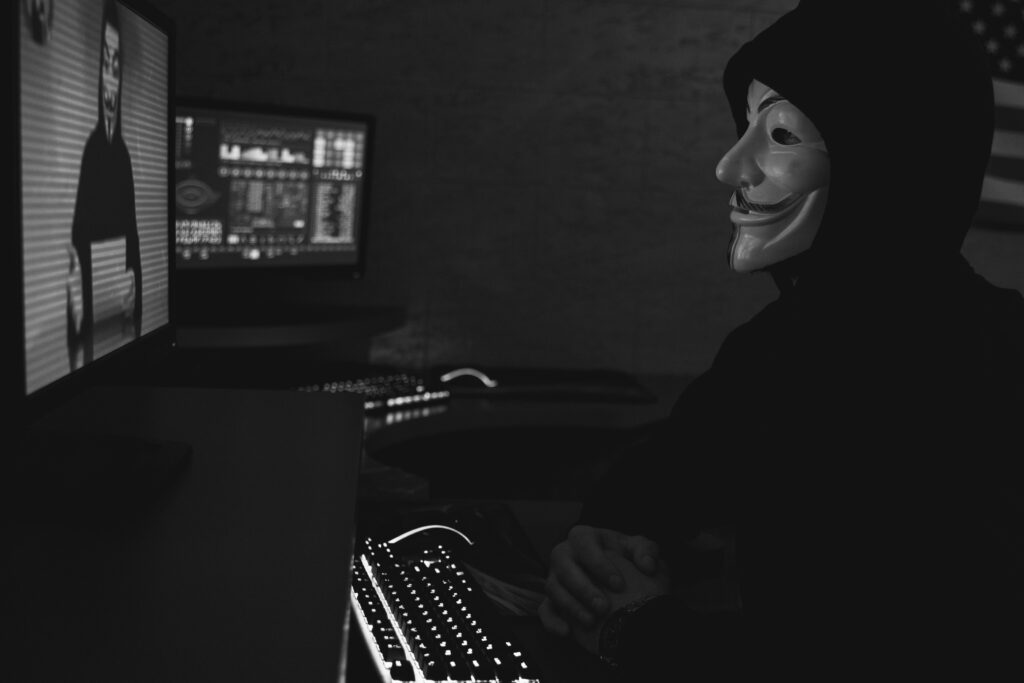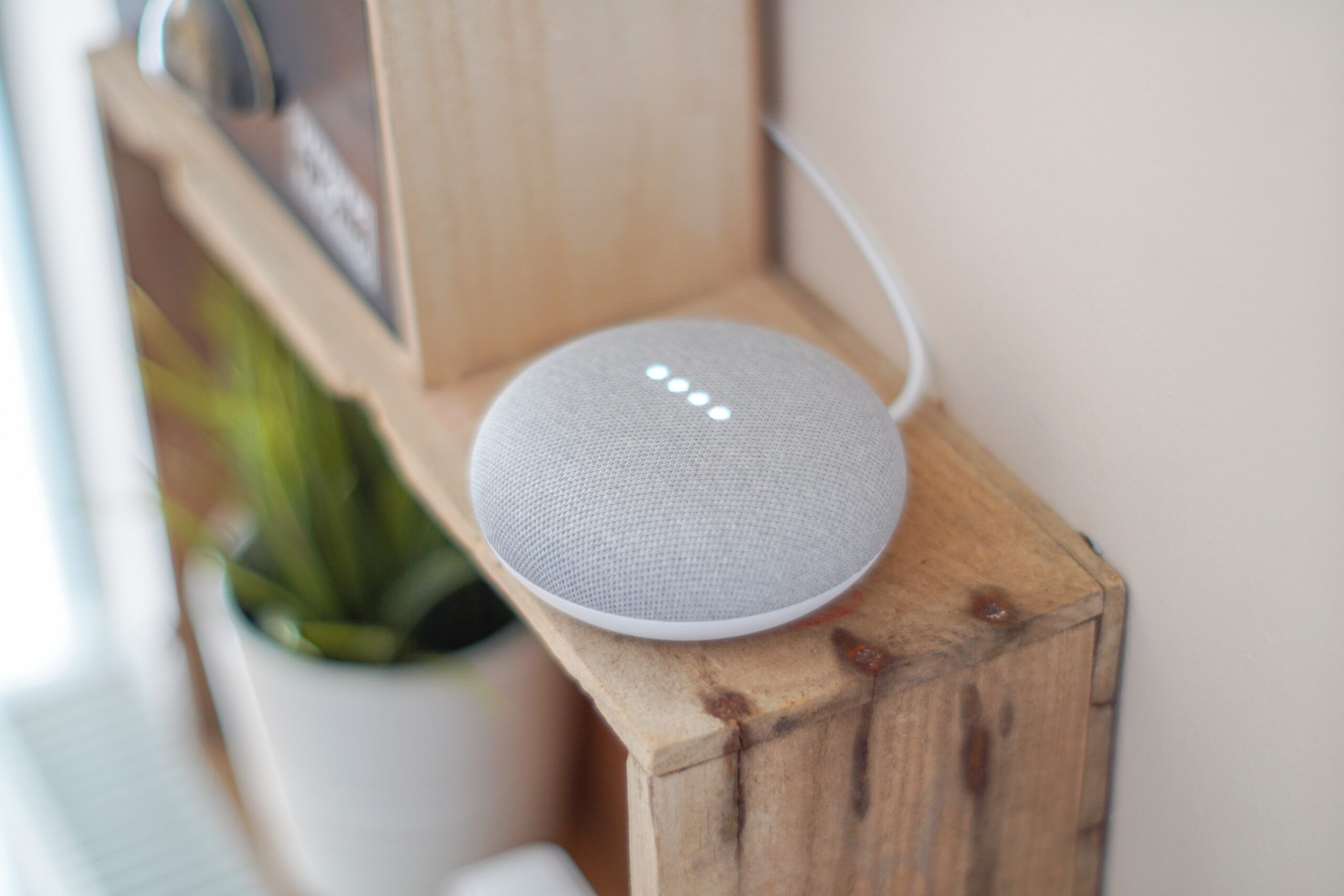Any practice of deploying people, policies, processes, and technologies to protect an organization’s systems or sensitive information from digital attacks, falls under the gamut of Cybersecurity. While standard security works on a physical level, guarding the physical infrastructure and installations within a given space, cybersecurity is carried out solely in the electronic, digital, and web domains.
Cybersecurity is a fast-evolving and fast-paced sector as it is a continuous game of one-upping between a hacker and a security provider. And the onus lies on the security provider to always outsmart the hacker so that the systems and information aren’t compromised.
Remote Working Risks

Many surveys have forecasted that post-COVID pandemic, a massive chunk of the global workforce will continue to work remotely.
Working from anywhere other than the secured office premises is a straightaway risk. It is far easier for a hacker to hack through a simple home wi-fi network than a highly encrypted and firewalled enterprise network.
Besides that, employees also use their mobile devices for work with company-issued encrypted laptops. Now mobile phones are safe considering the two-factor authentication that is almost impossible to crack. However, apps like Zoom or Microsoft Teams, Slack, and so on are primarily mobile-based. And the most significant threat here comes from user discretion itself.
No matter how safe the device is, if you forget the lock open, or if someone accidentally (or not) gets access to it. Thus, this aspect of personal device usage for official processes poses a severe threat of information leakages, inadvertently or not.
Cybersecurity Solutions
Therefore, a burning trend in the realm of cybersecurity these days is to mitigate the security challenges from a distributed workforce. A few key steps to ensure the safety and integrity of official data are as follows:
Every system connected to the internet is in danger of attracting the following threats:
- Ransomeware attacks
- DDoS attacks
- Zero-day attacks
- Malware, spyware, and viruses
- Trojans and Worms
- Phishing Scams, especially those sent by email.
Thus we should ensure that all the necessary security features/software in our system are turned on / properly installed. We should even invest in acquiring the most secure and reliable software solutions to keep our machines and data safe.
- There must be a physical distance of family members, friends, etc., from the work devices. In fact, the entire work zone should ideally be located in a secluded part of the house.
- Webcams are critical devices for an end user as they have become increasingly accessible to hackers. In other words, a webcam is one of the easiest hackable components, along with your device’s microphone. Once a hacker gets access to these, they could easily pose a threat to your family and your privacy.
Earlier webcams used to be separate devices that could be safely removed from the computers once the job was done. However, now that webcams are integrated with the laptop, getting them disconnected at will is a challenge. Therefore, a physical cover or shield would help cover webcams.
- Another trustworthy way to secure your online presence is by logging on to your company’s own VPN. However, companies should be wary of merely relying upon a username and password for logging into private networks. Rather they should secure their networks using either smart cards or other physical keys for users to log in or upgrade their network encryption to Layer Two Tunnelling Protocol (L2TP).
- Use centralized cloud services for storing official data instead of sharing it on a hard drive.
- There must be strong passwords and encryptions for both home systems and home wifi.
- Zoom or any other video conferencing activity should be carried out in a secluded corner of the house where there is almost zero presence of any household members, pets, etc.
- Lastly, Online banking deserves great care in handling. It is highly recommended that two-factor authentication should be in place before accessing online banking services either via mobile or from a laptop.
Thus with these measures in place, remote working will be a lot more secure.
The Internet of Things (IoT) evolving

The ever-expanding realm of the Internet of Things (IoT) has also increased concerns about cybercrimes. The Internet of Things refers to the daily usage of internet-connected devices that consumers use in their homes. Examples, Smart Refrigerators or Smart TVs, wearable fitness trackers or smartwatches, and home voice assistants like Amazon Echo, Google Home, or Apple HomePod.
An independent survey claimed that by 2026, there are expected to be 64 billion IoT devices that could be installed in homes around the world. Unlike your regular IT devices like Laptops, Computers, Servers, or Mobile phones, IoT devices usually have minimal processing, storage, and security capabilities.
Therefore it is almost impossible to deploy firewalls or anti-viruses, or other security applications on these devices that can ward off cyber-attacks on their own. The sole solution, therefore, is to strengthen the home wifi. If hackers can’t get past through the home wifi onto which the IoT is connected, they won’t be able to access the device at all.
Cloud Services and associated Cybersecurity Risks
Cloud service offers a wide range of benefits with scalability and cost savings, to name a few. However, Cloud vulnerability trends as the biggest cybersecurity threat. Ever since the office workplaces have extended to homes or co-work studios, reliability on cloud storage increased manifold. And therefore, they become the main target for cyber-criminals.
And one of the reasons why the attackers are able to breach cloud security easily is the poorly configured cloud security settings. Therefore organizations must focus on taking extra measures to minimize risks so that the precious data is saved from any attacks or otherwise user errors.
Technology is changing in the blink of an eye. With each passing day, the epicenter of all digital activities is shifting more and more toward mobile phones. AI is gaining more and more prominence in the business decision-making process. In such a scenario, security measures need to keep up with the updated algorithms, architectures, and frameworks.


